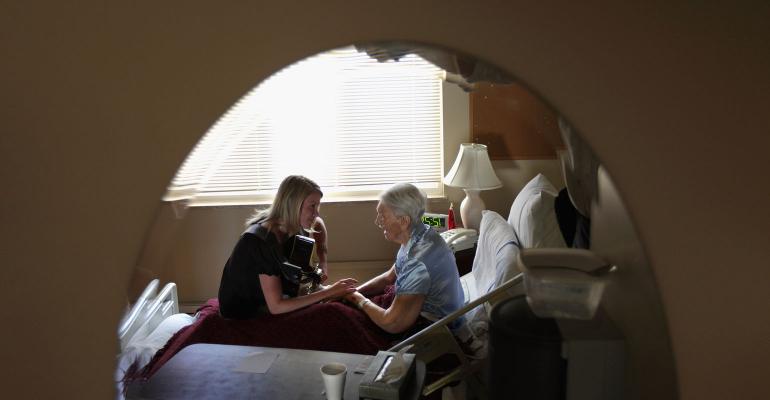Much has been written and contemplated about the care that an individual needs to age successfully, and even more has been written on how to pay for the care for chronic illness, which is often needed as one ages. However, not much thought has been given about who will provide care. Our country is aging at a rapid rate. Ten thousand baby boomers reach the age of 65 each day, and by the year 2035, it’s projected that the number of individuals over the age of 65 will outnumber the number of individuals under the age of 18. In the year 2020, there will be 3.5 working adults for every individual over the age of 65 but, by the year 2060, that number falls to 2.5 working adults for every individual over the age of 65.
Shortage of Elder Care Workers
The result of this is that it’s likely going to be difficult, if not impossible, to find enough elder care workers. Many who are tasked with finding appropriate care for loved ones find it difficult to find, and keep, good care providers. The job of aiding older adults with their care needs can be both physically challenging as well as mentally exhausting. Care activities include tasks from shopping and meal preparation to medication monitoring to housekeeping to aiding with physical activities such as bathing. Not only can the job of caregiving be taxing, it’s often low-paying.
Low-paying difficult jobs result in caregivers who begin the job and then leave to find other work, or caregivers who will leave agencies for small increases in pay or benefits. For individuals who choose to hire caregivers privately, the same issues apply without a backup. This means that, when a caregiver calls in sick, there isn’t an agency who can send a replacement for the day.
Challenges for Families
The challenges with locating and managing care providers can, in turn, become burdensome on family members and friends who’ve chosen to accept the responsibility to organize care. Much in the same way parents are often left in a lurch when a child is sick and can’t attend school or daycare, loved ones coordinating care can’t simply leave an aging person with chronic illness at home alone. However, unlike a small child with an illness, an older adult with a chronic illness isn’t portable and can’t easily be passed from one family or friend’s home to another.
These issues, in addition to the emotional toll they take, can result in lost work time, vacation time, contributions to retirement plans and, in some cases, promotions and lower pay. With the trend of reduction in the number of able-bodied care providers, as well as the increase in the number of individuals needing care, the effect on a working adult coordinating care of a loved one will be significantly greater.
In years (and generations) past, many individuals didn’t live into old age as we do now. Or, for those lucky enough to reach old age, they didn’t suffer the same chronic illnesses we live with today. In cases in which care for chronic illness was needed, often a family member wasn’t working and was able to be a care provider. Today, life expectancies are greater than ever. In addition, household demographics (and thus cost of living) have changed drastically. In 1960, less than 50% of households had both spouses working, yet in 2010, more than 65% of households had dual incomes. Therefore, the cost of living has increased along with household income. This means that the loss of income which may result from providing care could be disastrous financially.
How exactly the care crisis will play out in terms of finding available paid caregivers remains to be seen. Even more challenging will be determining how the potential inability to find paid caregivers will affect the economy and the workforce. What does seem clear is that finding caregivers for an aging population may be just as challenging as finding a method to pay.





